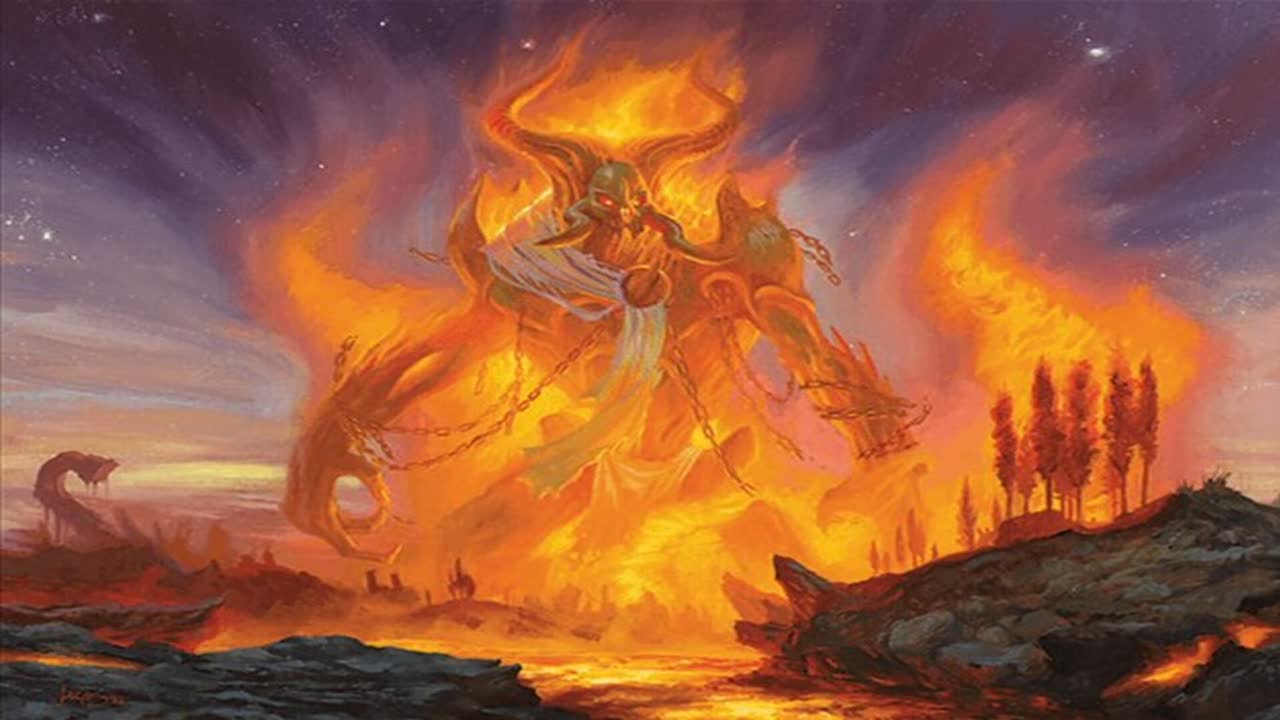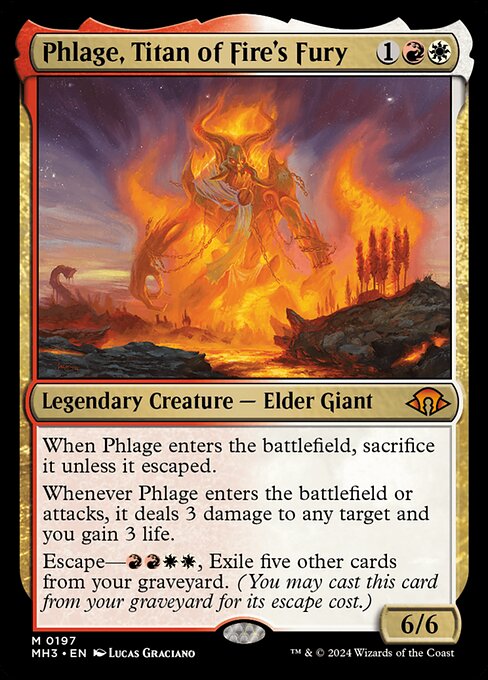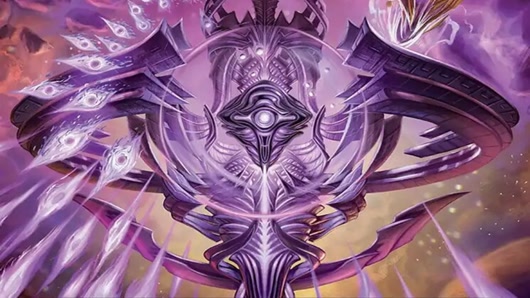We are almost two weeks out from the recent bans in Modern, and there is now enough data to see if anything has really changed. Banning cards like The One Ring and Amped Raptor was an attempt to level the playing field in a format where it seemed as if it was difficult to win if you didn't play those cards. Both cards were two of the most popularly played nonland cards, and it was getting to the point where player sentiment about the format was increasingly poor. Wizards knew that they had to do something, and they also needed to do something that kept things interesting after banning two powerful cards. To keep things fresh, Wizards also unbanned Splinter Twin, Green Sun's Zenith, Mox Opal, and Faithless Looting. This seems to be somewhat reasonable so far. All of the cards light up different archetypes, and this was a clear effort to breathe life into the format. Now that Wizards has made their intentions clear on what they wanted to see out of the format, it begs the question: Has anything actually changed?
Most Popular Cards in the Format Post-Bans
Although it is refreshing to not see The One Ring as the most commonly played card in the format, there are still some of the usual suspects that round out the top ten most played nonland cards. Long story short, the energy decks are still the most popular, and the cards that are staples within the lists unsurprisingly are the most commonly played nonland cards in the format. Oddly enough, it appears that Mardu Energy has now become more popular than Boros Energy, which is an interesting shift.
Since Mardu is more popular now, the second most powerful Lord of the Rings card is now the most popular in Modern. I don't think this card is anywhere near ban-worthy, and I think it is actually a healthy card to have in the format. With the increasing popularity of Mardu and Dimir lists also being relevant in the format, Fatal Push is the second most popular card. It makes sense, as it is just about the most efficient removal that we have available for one mana. (Still waiting for that reprint in Standard, by the way!)
Phlage has received heaps of praise as being one of the most well-designed Magic cards in a long time. It is pretty fair, and it isn't so broken that there are calls for a ban. It is played in all of the energy decks, and also slots into some of the four and five color decks. It is an auto-include mostly if you are playing Red and White in anything. It feels like a format that has fetch lands just begs for players to include this card in their decks. Since Fatal Push with revolt is one of the best ways to remove it, it is likely that we see that card with such a rise in popularity.
Another card that is used for efficient removal is Lightning Bolt. This card makes the top five of most popular nonland cards and for good reason. Decks are combining this with Fatal Push, and some of the cheap exile effects that white offers as well. It makes Mardu the ultimate value combination to deal with the threats in the format. When you also include cards like Galvanic Discharge, it is difficult to play to the board against the energy decks.
Thoughtseize is a staple in all eternal formats. The rise in popularity for Mardu Energy propels it into the fifth most popular card in our list. We are all familiar with it, and it is our least favorite thing to sit across from on turn one, and one of the best things that we can cast on turn one. This continues the theme that Mardu is the most popular deck in the format. What is reassuring, however, is that we no longer see Ocelot Pride and Guide of Souls in the top five like we did before for so long.
A nice motif that we are seeing in the format is that the energy decks, while still the most popular, are becoming less popular overall. There is now more room in the format for other decks to shine. This shift in metagame share suggests that the bans and unbans from Wizards are starting to work as intended. Let's take a look at the overall metashare with the most popular decks among a few archetypes.
Metagame Share Between Decks
We already know that energy takes up the biggest share of the meta. It is a 12% to 9% split between Mardu and Boros, respectively. With these decks still taking up over one-fifth of the meta, it is safe to argue that the energy decks are still an issue, and something else could be banned from it down the line. It isn't nearly as much of a problem as before, if you ask me.
What we love to see is Hollow One having an increase in popularity, as it is now the third-most played aggro deck. This was one that started to get some traction as people began to play The One Ring less and less. The deck takes advantage of the lack of graveyard hate that is played in the format, and stifles the curve of opposing decks by making them discard and draw a bunch of cards. We can expect to see Hollow One remain as one of the better decks as things progress.
On the control side of things, Dimir Murktide is now the most popular deck in that category. Some of the lists aren't even playing Murktide Regent anymore, as Abhorrent Occulus has given so much value. Psychic Frog lights up the deck so much more than older versions, and it synergizes perfectly with everything that was historically played in the list.
Lastly on the control side, it feels like we can't talk about the Modern Format without talking about Tron. Tron is right behind Dimir for the most commonly played control deck, and although the deck will miss The One Ring, it has access to so many powerful spells that it's now just a question of what powerful card will fill that void. Karn giving it access to the toolbox of answers is something that will always be an enticing interaction for players in the format, and it's something that will keep players honest in the format.
The combo decks have the usual culprits, as Broodscale and Breach are two of the most popular. One of the decks that has increased in popularity since the unban is actually the Yawgmoth list. It is listed as "creature toolbox" on a lot of websites that have data for the metagame, but just know that it basically is referring to Yawgmoth Combo. The unbanning of Green Sun's Zenith has added yet another method for this deck to truly be a toolbox, and affords one of the original Modern Archetypes a pleasant rejuvenation.
The format looks healthier for now, so we will have to keep an eye on it. Stay tuned for metagame reviews of the other formats coming soon.










